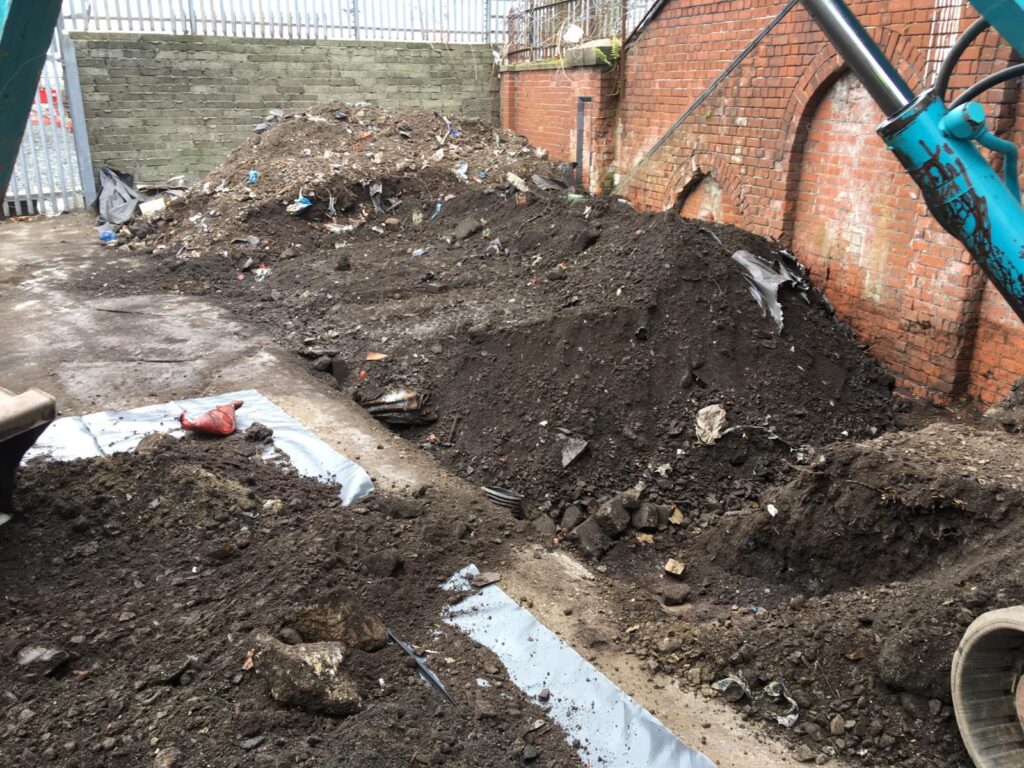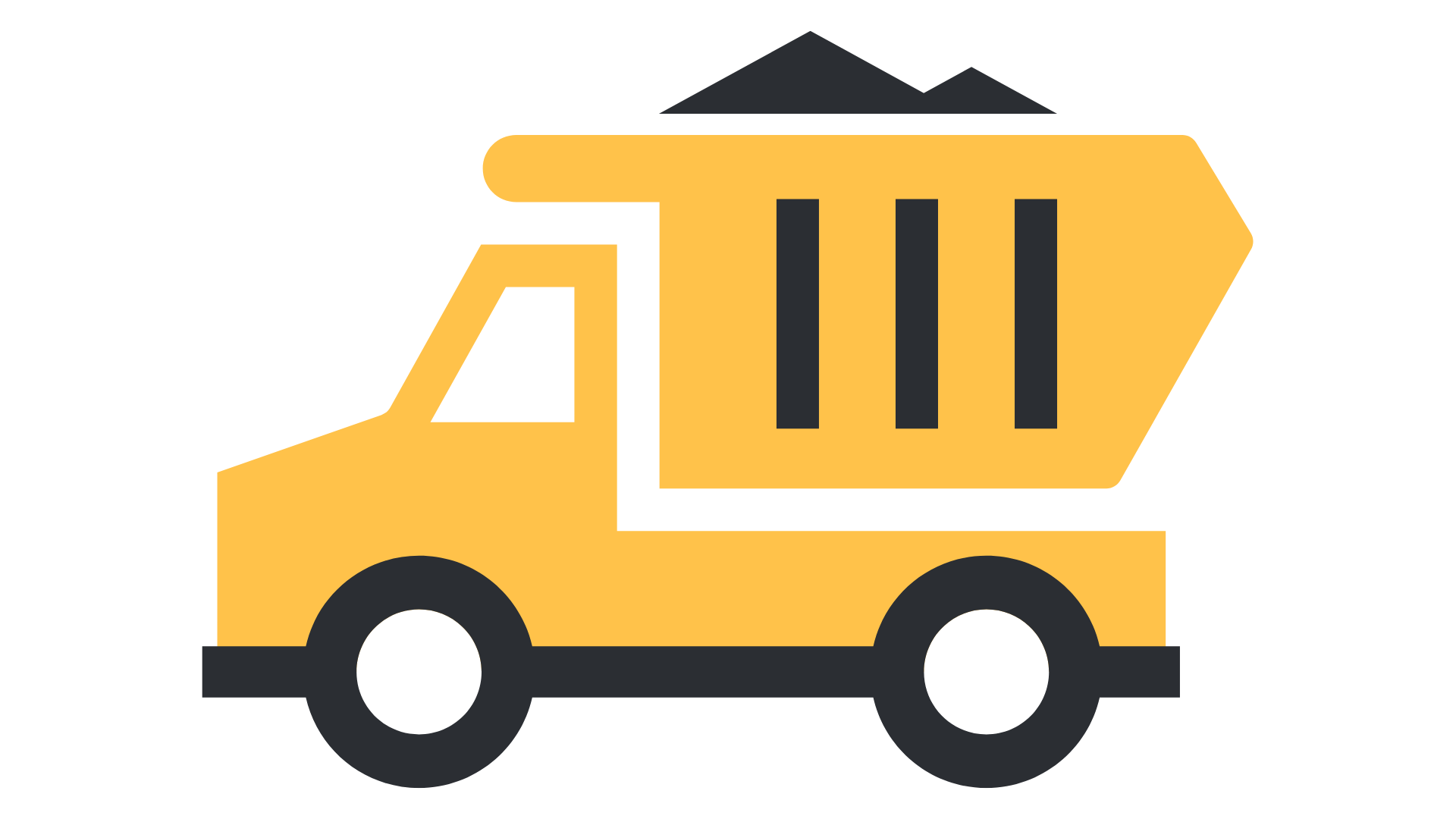- Invasive Plant Treatment Facilitates Smoother Execution for the New A6 - Dungiven to Drumahoe Dual Carriageway

-
Londonderry, Northern Ireland
The Department for Infrastructure devised a project to design and construct a new dual carriageway of approximately 25.5km from Dungiven to Drumahoe. However, there were large stances of Japanese Knotweed on this extensive site that could have caused delays in starting the project. Recognising our expertise in invasive plant eradication, we were asked to provide a rapid and cost-efficient solution for the permanent removal of the Japanese Knotweed.

The project involved the excavation of a substantial 9,541.5 m3 or approximately 17,011 tonnes of contaminated soil with Japanese Knotweed to facilitate the development. Furthermore, there was approximately 950m3 of soil contaminated with other invasive plants. The total area was over 10,000m2. The client initially planned to address the issue by opting for the disposal of the contaminated soil to a landfill. However, by employing our innovative solution, we significantly reduced the costs for our client by 620,000£/720,000€ while minimising the need for landfill disposal.
We identified and addressed 10 areas on the site that were heavily infested, necessitating a targeted approach to eradication.
Our surveys revealed the presence of various Invasive Alien Plant Species (IAPS), including Japanese Knotweed, Giant Hogweed, Himalayan Balsam and Salmonberry. These species posed a significant challenge, requiring specialised and tailored strategies for their control and removal.
Moreover, the archaeological works in specific sections of the site added an additional level of complexity to the project.

To address these issues, we developed a comprehensive and tailored solution using our innovative solution, Eraginate®. Our approach involved the excavation of the rhizomes embedded within the soil matrix from each of the areas of infestation. We transported these contaminated soils to a central treatment centre.
This allowed us to specifically target the root systems of the invasive plants. The process further included a thorough screening process, during which we carefully hand-picked the larger rhizomes. The extracted plant material and rhizomes were then disposed of at a licensed facility. This step follows our commitment to environmentally friendly practices.
We treated any remaining rhizome matter within the soils with approved herbicides, employing an approach to ensure the targeted eradication of any residual invasive plant elements. Additionally, we incorporated a strategic step by installing a root barrier membrane along impacted site boundaries, effectively thwarting reinfestation from off-site, and contributing to the long-term eradication process.
The remaining soils were reused on site, subject to a minimum cap of 400mm of clean cover. This sustainable solution significantly reduced the volume of material being sent to landfills, supporting our commitment to sustainable practices.

Money Saved (£)

Tonnes of Material Diverted from Landfill

CO2 Kg Emissions Saved

Lorry Km Saved


